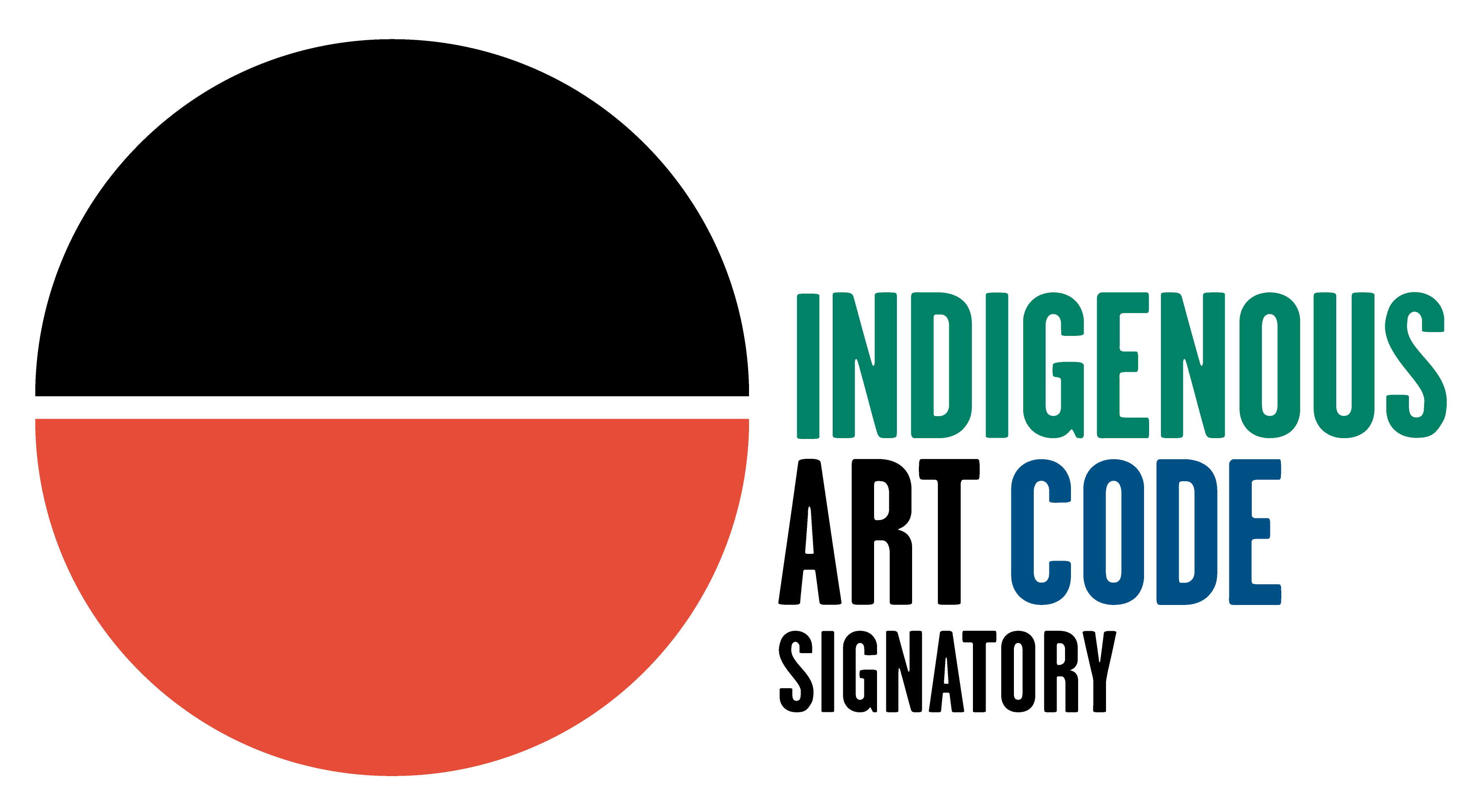Lamangirra #2 Gumana Yolngu, b. 1977
39 3/8 x 18 1/2 in
Garrapara is a coastal headland within Blue Mud Bay. This sacred design shows the water of Djalma Bay chopped up by the blustery South Easterlies of the early Dry season. It marks the spot of a sacred burial area for the Dhalwanju clan and a site where dispute was formally settled by Makarratja (ceremony in which wrongdoers were subject to ordeal by spear). During the times after the ‘first mornings’, ancestral hunters left the shores of Garrapara in their canoe towards the horizon, hunting for turtle. Sacred songs and dance narrate the heroic adventures of these two men as they passed sacred areas and rocks and saw ancestral totems on their way. Their hunting came to grief, with the canoe capsizing and the hunters being drowned. The bodies washed back to the shores of Garrapara with the currents and the tides, as the Wanjupini (Thunderhead storm cloud) followed with its rain and wind. This is denoted by the white field on the horizon of the painting. Their canoe with paddle and totems queen fish Makani and long tom Minyga and turtle Gårun are all referred to in the songs and landscape. Makarratja, the ritual throwing of spears at a miscreant of Yolnju law took place here. At Garrapara sacred trees held these barbed spears whilst not in use. Garrapara has been rendered by the wavy design for Yirritja saltwater in Blue Mud Bay called Munjurru. The Munjurru is deep water that has many states and connects with the sacred waters coming from the land estates by currents and tidal action. Other clans of Blue Mud Bay that share similar mythology also paint this deeper saltwater which links them. This is the first representation of the design which has morphed it into a star. This is the artist’s own creation.


